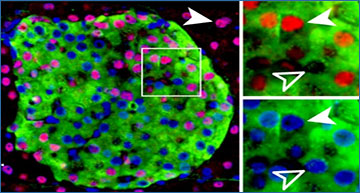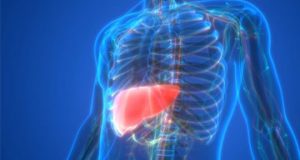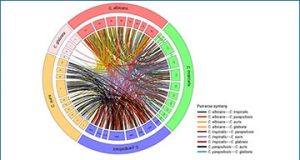While more and more long intergenic non-coding RNAs (lincRNAs) were identified to take important roles in both maintaining pluripotency and regulating differentiation, how these lincRNAs may define and drive cell fate decisions on a global scale are still mostly elusive. Systematical profiling and comprehensive annotation of embryonic stem cells lincRNAs may not only bring a clearer big picture of these novel regulators but also shed light on their functionalities.
Based on multiple RNA-Seq datasets, researchers at Peking University, China systematically identified 300 human embryonic stem cell lincRNAs (hES lincRNAs). Of which, one forth (78 out of 300) hES lincRNAs were further identified to be biasedly expressed in human ES cells. Functional analysis showed that they were preferentially involved in several early-development related biological processes. Comparative genomics analysis further suggested that around half of the identified hES lincRNAs were conserved in mouse. To facilitate further investigation of these hES lincRNAs, they constructed an online portal for biologists to access all their sequences and annotations interactively. In addition to navigation through a genome browse interface, users can also locate lincRNAs through an advanced query interface based on both keywords and expression profiles, and analyze results through multiple tools.
By integrating multiple RNA-Seq datasets, the researchers systematically characterized and annotated 300 hES lincRNAs. As the first global profiling and annotating of human embryonic stem cell lincRNAs, this work aims to provide a valuable resource for both experimental biologists and bioinformaticians.
Availability – A full functional web portal is available freely at http://scbrowse.cbi.pku.edu.cn
- Tang X et al. (2013) Systematically profiling and annotating long intergenic non-coding RNAs in human embryonic stem cell. BMC Genomics 2013, 14(Suppl 5), S3. [abstract]
 lncRNA Blog lncRNA Research and Industry News
lncRNA Blog lncRNA Research and Industry News







